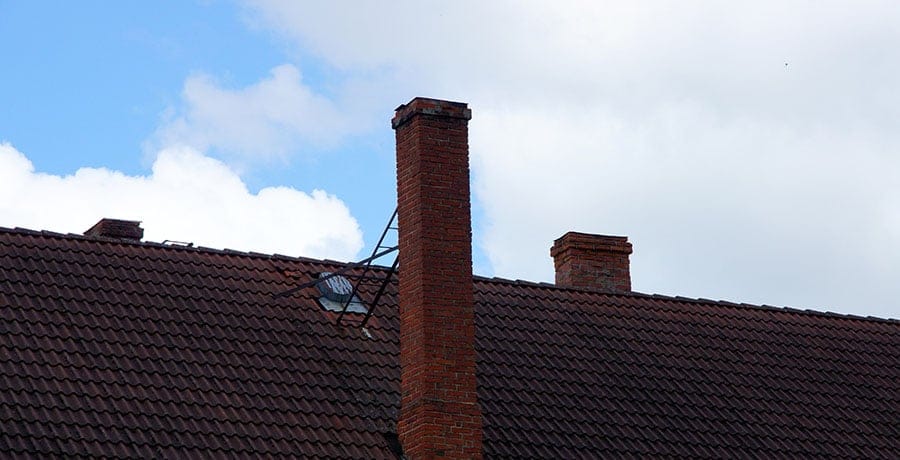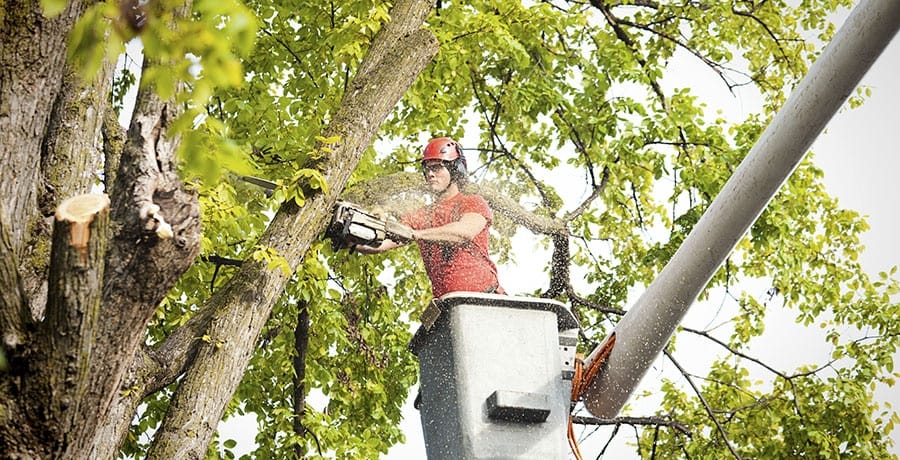In recent years, energy efficiency has become a buzzword, not just in conversations about global sustainability but also in home improvement dialogues. As homeowners continue to seek ways to reduce their carbon footprint and save on energy bills, one solution that frequently emerges is getting energy-efficient roofing repairs. But what does this term mean, and what are the tangible benefits homeowners can expect?
Understanding Energy-Efficient Roofing
At its core, energy-efficient roofing refers to materials and installation techniques that effectively reflect more sunlight and absorb less heat than standard roofs. Often incorporated with cool roofing technologies, such systems can be applied to both new roofs and refurbishment projects, depending on the existing structure and homeowner preferences.
Reduced Energy Bills
One of the most immediately noticeable benefits of energy-efficient roofing is the reduction in home energy bills. Traditional roofing materials tend to absorb a significant amount of the sun’s heat, which in turn, raises the temperature of the entire house. This heat gain means your home’s cooling system needs to work harder, and for longer periods, to maintain a comfortable indoor temperature during warmer months.
In contrast, energy-efficient roofs reflect more sunlight and absorb less heat. The result? A cooler home without over-relying on air conditioning systems. This reduced need for artificial cooling translates directly into significant savings on energy bills.
Enhanced Comfort Levels
Beyond the monetary savings, energy-efficient roofing ensures a more consistent and comfortable indoor environment. During peak summer months, homes with traditional roofs often experience hot spots or rooms that just can’t seem to cool down effectively. With an energy-efficient roof, the indoor temperature remains more consistent, reducing those uncomfortable, overly warm areas within the home.
Extending the Life of Your Roof
Heat is often a destructive element, especially when it comes to roofing materials. The constant absorption of sunlight and heat can cause many roofing materials to age prematurely, leading to cracks, warping, and other forms of degradation. By reducing the amount of heat absorbed, energy-efficient roofing systems can extend the lifespan of the roof. This means homeowners can potentially save on costly repairs or replacements in the long run.
Mitigating Environmental Impact
Every homeowner plays a role in the broader environmental picture. Homes that demand excessive energy for cooling contribute to higher electricity demands, which often result in increased fossil fuel consumption at power plants. By cutting down on the cooling needs, energy-efficient roofs reduce the overall demand for electricity. This not only leads to lower greenhouse gas emissions but also reduces the pollutants that power plants release into the environment. Hence, opting for energy-efficient roofing companies is a step towards a greener, more sustainable future.
Increasing Home Resale Value
Modern homebuyers are more informed and environmentally conscious than ever. Energy efficiency has become a sought-after property feature. Homes with energy-efficient roofing systems often command higher resale values because prospective buyers recognize the long-term savings and environmental benefits such systems offer. It’s an investment that can potentially offer lucrative returns if homeowners decide to sell.
How to Choose the Right Roofing Material for Energy Efficiency
Selecting the right roofing material is paramount when building or renovating a home. In recent times, energy efficiency has taken center stage in this decision-making process, as homeowners increasingly prioritize both environmental conservation and cost-saving. But with a plethora of options in the market, how does one ensure they’re making the best choice for energy efficiency? Let’s delve into the key considerations.
Understanding the Role of Roofing in Energy Efficiency
Before diving into the specific materials, it’s essential to grasp the significance of roofing in the context of a home’s energy efficiency. The roof plays a crucial role in regulating indoor temperatures. In essence, the right roofing material can effectively reflect the sun’s rays and prevent excessive heat absorption, reducing the need for artificial cooling in warmer months. Similarly, during colder seasons, energy-efficient roofs can prevent heat from escaping, minimizing the need for heating.
Cool Roofing: The Gold Standard in Energy Efficiency
When talking about energy-efficient roofing materials, the term ‘cool roofing’ often comes up. Cool roofs are designed to reflect more sunlight and absorb less heat than standard roofs. They achieve this through the use of reflective paints, tiles, or shingles. Regardless of the specific material, the primary objective is the same: minimize heat gain and optimize energy savings.
Asphalt Shingles: A Popular Choice with Energy-Efficient Options
Asphalt shingles are among the most popular roofing materials, especially in North America. Modern advancements have led to the development of cool asphalt shingles, which come with specially designed reflective granules. These granules allow the shingles to reflect more sunlight compared to their traditional counterparts. Homeowners leaning towards asphalt can now opt for these energy-efficient variations without compromising on the familiar aesthetics and reliability of classic asphalt shingles.
Metal Roofs: Combining Longevity with Efficiency
Metal roofs, particularly those with reflective coatings, are excellent at reflecting solar radiation. This quality significantly reduces the heat transferred to the interiors, thus promoting energy efficiency. Additionally, metal roofs have an impressive lifespan, often lasting several decades with minimal maintenance. This durability, combined with their energy-saving properties, makes them an attractive choice for those looking for a long-term roofing solution.
Tile Roofs: Traditional Elegance Meets Modern Efficiency
Tile roofs, often made from clay or concrete, are inherently good at reflecting solar radiation. Their curved shape allows for better airflow, providing natural insulation and reducing heat transfer. While traditional tiles possess inherent reflective properties, there are now specially treated tiles in the market that enhance this quality, further boosting energy efficiency.
Slate Roofs: Natural Efficiency and Unparalleled Durability
Slate, being a natural stone, provides excellent insulation. Though it’s on the heavier side and requires a sturdy support structure, its longevity and natural ability to regulate temperatures make it a commendable choice for those seeking energy efficiency combined with a classic aesthetic.
Evaluating Reflectance and Emissivity
Beyond the material itself, homeowners should consider two critical metrics when evaluating roofing materials for energy efficiency: solar reflectance and thermal emissivity. Solar reflectance refers to the ability of a material to reflect sunlight, while thermal emissivity denotes its capability to release absorbed heat. Ideally, an energy-efficient roofing material should have high values for both these metrics.
Local Climate and Roof Color
It’s essential to note that the most energy-efficient material in one climate may not necessarily be the best in another. For instance, in cooler climates, homeowners might prioritize materials that absorb heat to minimize heating costs, while in hotter regions, reflection would be more crucial. Additionally, lighter colors tend to reflect sunlight more effectively than darker hues, so color choice can also influence energy efficiency.
Conclusion
In an era where sustainable living and energy savings are paramount, energy-efficient roofing presents a compelling option for homeowners. Whether it’s the lure of reduced energy bills, the desire for a more comfortable living space, or the drive to contribute positively to the environment, the benefits of such roofing systems are manifold.
As technology continues to advance, homeowners now have access to a range of materials and solutions that cater to various budgets and preferences. Investing in energy-efficient roofing is not just a trend; it’s a forward-thinking choice that pays dividends both in the short and long term. So, reach out to roofing contractors today and make your house more environmentally friendly. brus



